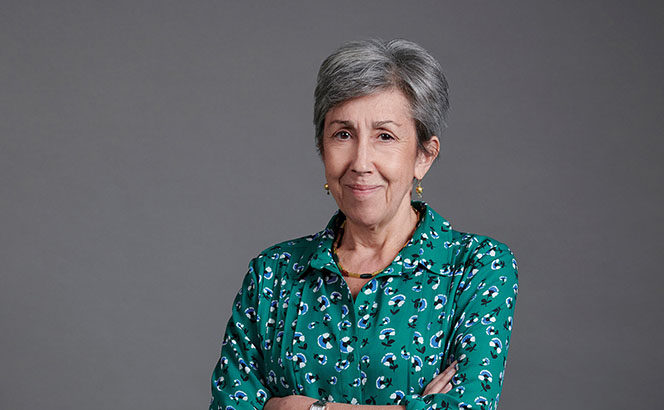Slaughter and May has stuck its head above the parapet on the thorny issue of social mobility, outlining ambitious targets for 2033, in what will be seen as a bold move at the elite end of the profession.
Over the next decade the firm aims to increase its representation of individuals from a lower socio-economic background (LSEB) by 25% across its total workforce population from a baseline of 18.8%. Broken down across fee earners and business services professionals, Slaughters intends to increase its lawyer population from such backgrounds to 15% from a baseline of 10% and its business services population to 40% from a baseline of 34.7%. These targets measure a person’s socio-economic background by using parental occupation at the age of 14 as a metric.
Slaughters partnered with the not-for-profit, social equality consultancy the Bridge Group to carry out a workforce analysis on setting its targets. The Bridge Group found that progression, retention and performance of lawyers from a lower social background at the firm was the same as lawyers from other socio-economic backgrounds. It also found that in the firm’s business services roles the LSEB population stood at 34.7%. The national census figure for LSEB individuals is 39%. These findings were used to inform the firm’s action plan, which places a particular emphasis on widening access throughout its early stage recruitment processes.
The action plan has three strands. Firstly, Slaughters aims to increase the number of LSEB individuals it hires through graduate and business services recruitment. Steps will include targeted recruitment activity aimed at engaging students who might not participate in its traditional recruitment processes, as well as providing apprenticeships as an alternative route into the firm.
Secondly, the firm plans to increase its work on widening access to the profession. Over the next five years, Slaughters will extend its scholarship scheme and introduce a new financial bursary scheme for 17–18-year-olds.
Thirdly, the firm will double down on its workforce data relating to social mobility. It will encourage employees to disclose diversity data, with a target of 90% disclosure. The firm will also voluntarily publish social mobility related pay gaps through its annual pay gap reporting.
Commenting on the targets, Andrew Jolly, corporate partner and chair of Slaughters’ social mobility working group, said: ‘Our detailed work with the Bridge Group shows that when LSEB lawyers come to Slaughter and May their progression is strong and they are just as likely as their peers from other socio-economic backgrounds to succeed in the firm. The targets and actions we have announced focus on ensuring this continues to be the case as well as making the firm an attractive place to work for people from a wide range of backgrounds.’
Deborah Finkler (pictured), managing partner at Slaughters, added: ‘Tracking the socio-economic make up of our workforce over a long period of time means that we have confidence in the data we are using to set these public targets and measure our progress. This focus and transparency means we can hold ourselves accountable and sends a clear message about our intentions to enhance and maintain a diverse workforce.’
This article first appeared on Legal Business

